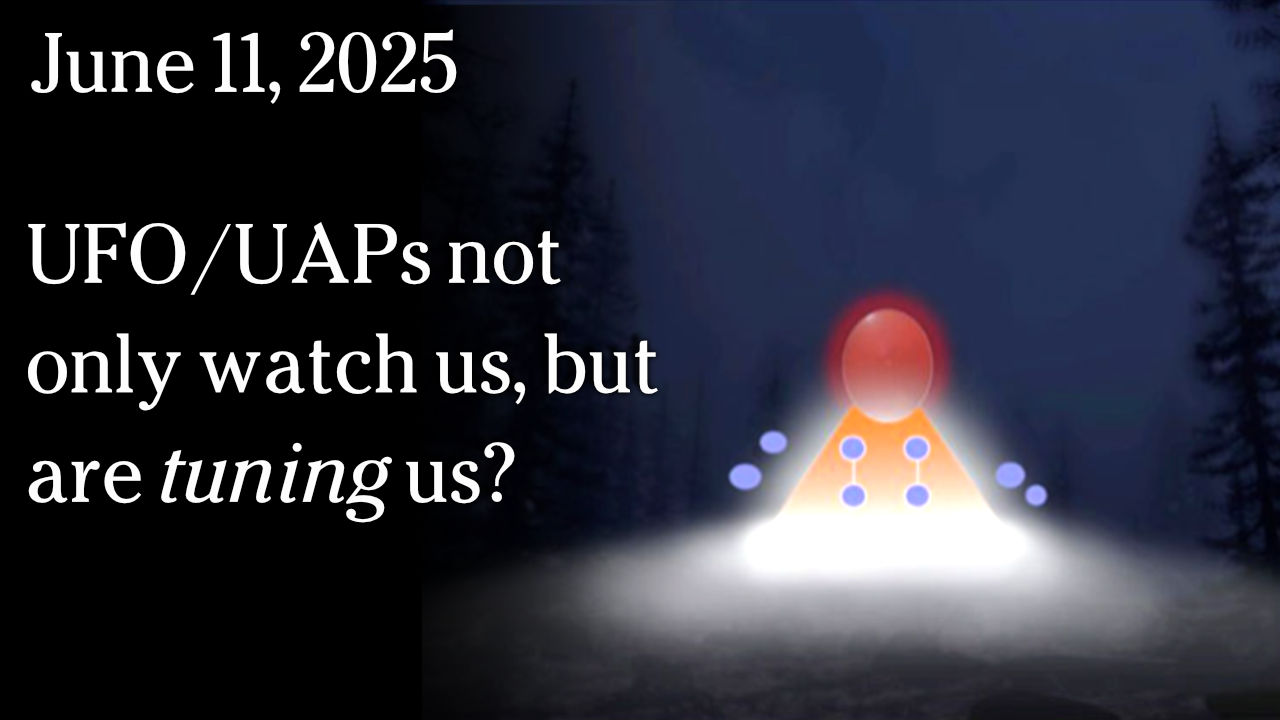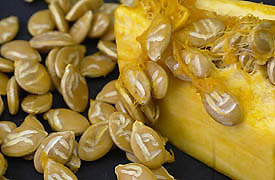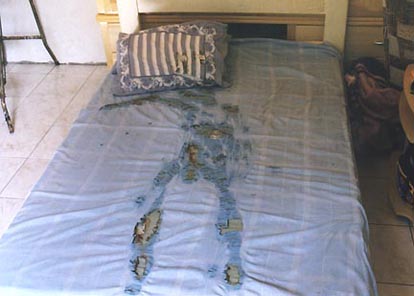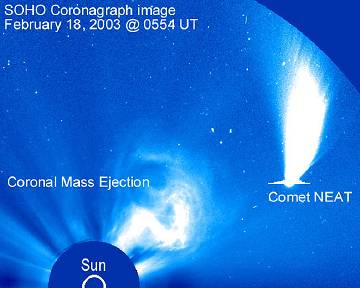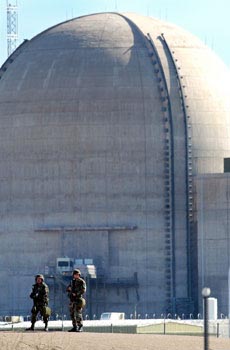
March 22, 2003 Washington, D. C. - The United States is at war with Iraq. The Homeland Security office is at Code Orange which means "High Risk of Terrorist Attacks." On Thursday, March 20, Arizona Governor Janet Napolitano sent National Guard troops to the Palo Verde nuclear power plant 55 miles west of Phoenix. Two reasons were given. One was that Homeland Security Secretary Tom Ridge asked all states with nuclear power plants to beef up security. The other reason was connected to a Washington Times report that American intelligence had information about Iraqi "sleeper cells" in the United States with plans to attack the Palo Verde nuclear power plant, the largest in the nation.
Click here to subscribe and get instant access to read this report.
Click here to check your existing subscription status.
Existing members, login below:



